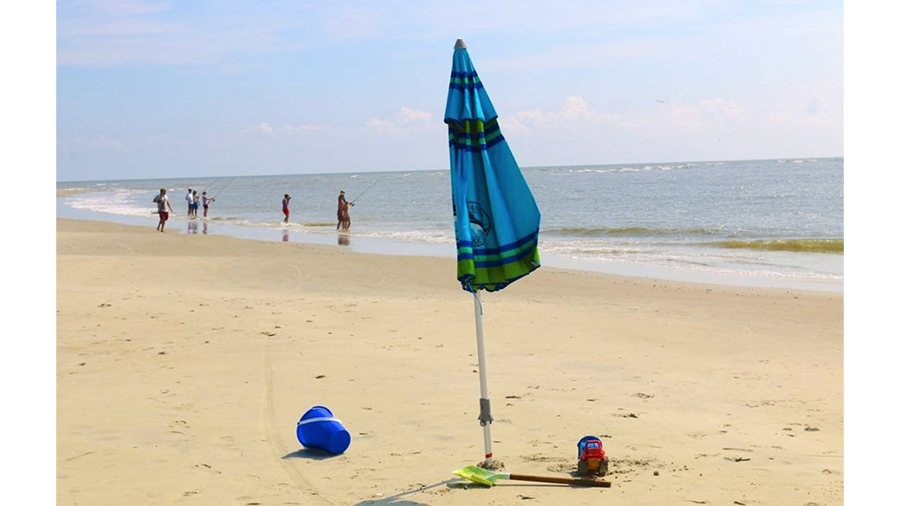Once again, participating resort properties in Florida, Georgia and South Carolina are celebrating a second consecutive summer with all-time seasonal records for occupancy, room rates and revenues. The summer season wraps up on August 31 but data collected and compiled through July 31 by DestiMetrics, a division of Vermont-based Inntopia in its monthly Market Briefing, virtually guaranteed the new records.
Destination travel continues to be a top priority for pandemic-weary consumers and with apparently ample savings and a willingness to spend for long-deferred vacations. Lodging properties in the region have cashed in despite continued labor shortages to meet the high demand.
Because of the sweeping impacts that the pandemic has had on travel for the past 17 months, DestiMetrics analyzed the data to draw comparisons between 2020 and 2019 at this time.
July Results
As of July 31, actual occupancy was up 20.2 percent compared to July 2020 with the Average Daily Rate (ADR) up 9.4 percent to result in a 31.5 percent increase in aggregated revenue for the month. When compared to July 2019, actual occupancy was up 15.6 percent, ADR was up 19.2 percent to deliver a 37.7 percent increase in revenue compared to two years ago at this time.
Beach Lodging Wins Big
When looking at the full summer season, including actual stays and those on-the-books for the final month of the season, the one- and two-year comparisons are just as healthy as for the single month of July. As of July 31, occupancy is up 63.5 percent compared to last year at this time and up 15.3 percent compared to the summer of 2019. All six summer months from March through August are recording healthy gains.
The ADR continues to show strength and consistency and is up 9.2 percent in a year-over-year comparison to last summer at this time. When coupled with the higher occupancy, properties have seen a 78.6 percent increase in summer revenues compared to the summer of 2020. More significantly, when comparing the entire summer with the record-breaking summer of 2019, occupancy is up 15.3 percent, daily rates are up 19.8 percent and revenues are up 38.2 percent from two years ago at this time.
“The astronomical gains of the early season have settled down in a more typical pattern to previous years but still remain inflated,” explained Tom Foley, senior vice president for Business Operations and Analytics for Inntopia. “This is partly because we are seeing a slowing in the pent-up demand that was still very high six months ago and because the Southeast region began its rebound by early summer last year, well ahead of much of the country,” he continued.
Booking Momentum Driving Into Winter
Looking ahead to the six-month winter season that is tracked from September through February, bookings for Southeast vacations continue to be strong. As of July 31, occupancy on-the-books for winter are up 93.5 percent compared to 2020 at this same time. The ADR is up 6.9 percent for the full season with growth being reported in all six months. The combination of strong occupancy and rates is showing a 106. 9 percent increase in revenue compared to last year at this time.
Although not as dramatic, when reviewing the difference to two years ago, the growth remains impressive. Winter occupancy on-the-books is up 58.5 percent compared to winter 2019/20 with daily rates up 16.9 percent for the season. The result is an 85.3 percent increase in aggregated winter revenue compared to two years ago at this time.
Economic Indicators
Continuing to maintain its historic levels, the Dow Jones Industrial Average (DJIA) rose 1.25 percent in July to post its fifth all-time end-of-month closing in the past seven months. The DJIA is more than 8,600 points higher than it was last year at this time as financial markets. The Consumer Confidence Index (CCI) barely moved during July, up a scant 0.2 points, but it is the seventh consecutive monthly increase and the highest the index has been since before the onset of the pandemic.
“Strong earnings reports in many sectors drove much of the growth, and that was supported by positive consumer confidence which in turn is driving sustained consumer spending,” Foley noted.
Employers added 943,000 new jobs during July driving the national unemployment rate down to 5.4 percent from 5.9 percent in June. For the third consecutive month, the leisure and hospitality sector led the way. Wages also tracked up higher than expected during July, up 0.4 percent for the month, bringing the increase to four percent for the year.
“Rising room rates that have been strongly supported by pent-up demand and fueled by increasing consumer confidence and higher than usual savings accounts, continued to surpass all expectations for July,” added Foley. “The extraordinarily high room rates this summer were almost 20 percent higher than two summers ago and while they have been a boon to properties in recovering the lost revenue from 2020, it is uncertain if those rates will be sustainable for the long run,” he concluded.
Photo courtesy Little St. Simons Island, Georgia















